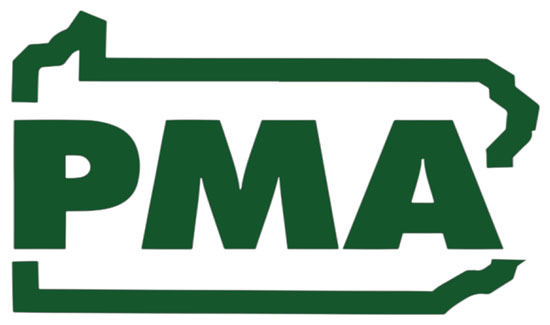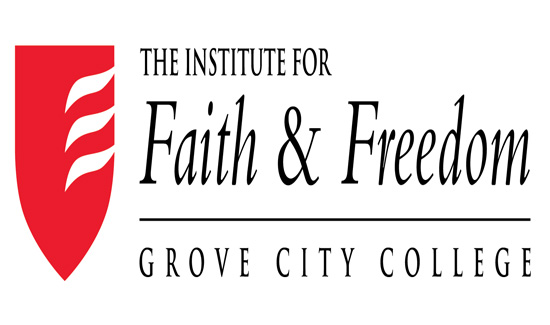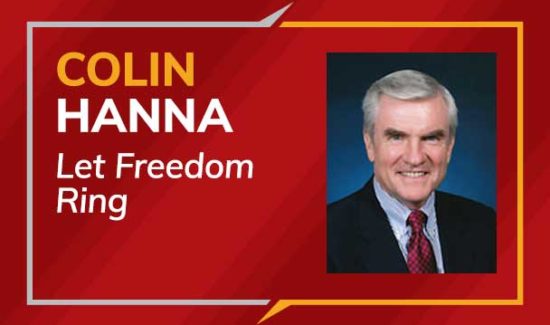Bad Carbon Tax Policy Failed Again

Last year, former Republican Secretaries of State James Baker and George Shultz caused a stir when a group they founded — the Climate Leadership Council (CLC) — came out in support of a carbon tax. More than a year later and after several failed attempts, voters and lawmakers (state or federal) have yet to be convinced that the new tax would lower global temperatures, drive new energy investments, or deliver any other of its promised benefits.
On November 6, voters in Washington state shot down a carbon tax initiative backed by a liberal governor whose top campaign issue was climate change. The tax, in fact, has failed multiple times in Washington state. Two years ago, the voters rejected a separate ballot initiative, the legislature has rejected the tax, and a governor’s order implementing the tax was overturned by the courts. This latest defeat means that neither Congress nor any state legislature nor the electorate of any state have enacted a carbon tax.
Todd Myers, Director of the Center for the Environment at Washington Policy Center, said that voters saw right through the initiative.
“Supporters tried to sell it as a fee and not a tax,” Myers said. “The voters weren’t buying it.”
Myers also said that voters were suspicious of the enormous power the initiative would have allocated to an unelected board with near total control over how the tax revenue would be spent. One of the plans being discussed would have tolled the major roads in the state as a way to discourage people from driving.
And, he said, the tax rate was open-ended; it would have started at $25 a metric ton, costing a two-vehicle family about $240 in the first year alone, and then gone up after that.
“If certain CO2 reduction goals weren’t met by a certain time, the tax rate would keep increasing,” Myers said. “The panel would have been rewarded for its own incompetence.”
Critics of the tax, including many business leaders, say it’s simply another variation of an “Obamaesque” approach for redistributing wealth, picking winners and losers, all while doing nothing to combat anyone’s conception of the seriousness of climate change or who or what is causing it.
“The idea that free market conservatives should embrace this tax is absurd,” said PMA President & CEO David N. Taylor. “You can pretend all you want that this carbon tax is something else, but it’s still a tax, a bailout for failed energy producers, and job-crippling price hike for employers and consumers.”
The CLC premised its argument for the tax saying “…the evidence of climate change is growing too strong to ignore.”
Ben Zycher, resident scholar at the American Enterprise Institute, wrote in the publication “The Deeply Flawed Conservative Case for a Carbon Tax” that the CLC never established a correlation between the tax and a reduction in global temperatures. Zycher did it for them, starting with the Obama administration’s own predictions that its greenhouse gas (GHG) policies would have averted warming by 0.015 of a degree Celsius.
“Since the CLC proposes a tax rate yielding emissions cuts greater than those envisioned in the Obama climate action plan, let us assume for discussion purposes a temperature effect double that of Obama policies: it’s 0.03 of a degree,” he wrote. “That remains a figure that could not be distinguished from statistical noise.”
The CLC also argues that the tax, with the elimination of the GHG regulatory framework, would actually shrink the size of government. Wrong again, Zycher says.
“The actual CLC proposal is for a specific spending program: dividend payments to Americans, in which the federal government takes resources out of some pockets and shifts them into others,” he wrote. “Ceteris parabis [everything else staying the same] that is an increase in government resource allocation, and therefore an increase in government. The CLC reduction in regulation does not restore this CLC argument, precisely because the proposed tax rate ‘should be set to exceeds the emissions reductions of current regulations.’”
In another bit of flawed logic, the CLC argues that the tax, by making some part of the existing (energy) capital stock uneconomic, will induce the market to shift resources into ‘new investment,’ and thus create stronger growth.
“Wow. Have the CLC economists never heard of the broken-windows fallacy?” Zycher wrote. “First discussed by Frederic Bastiat in 1850, the fact that a window has been broken and must be replaced provides work for the window repair industry, but the resources used to repair the window cannot be employed elsewhere. Accordingly, the broken windows is a net loss of wealth in the aggregate.”
The carbon tax is failing to live up to its promises in Canada. Supporters of its implementation in British Columbia said that the carbon tax would lead to the reduction of other taxes and be revenue neutral. But a study last year by the Fraser Institute showed that after just a few years, British Columbia’s carbon tax netted $377 million in new revenue.
Finally, a carbon tax, in whatever form, would hit middle and lower income Americans the hardest, an analysis by the Institute for Energy Research (IER) shows. Gasoline prices alone would increase by 36 cents a gallon if the CLC’s proposed carbon tax of $40 per metric ton were adopted. Furthermore, if funds from a tax were redirected from carbon emitting sources to non-carbon emitting sources, the price of electricity could rise exponentially.
“While everybody will pay more, these hikes would have a disproportionate impact on poor and middle-class families, who spend a higher percentage of their income on energy,” said Thomas Pyle, president of IER. “It also means Americans would pay more for goods and services across the board.”
But the votes have been tallied and the results are in: the political and policy arguments for a carbon tax come up short, AGAIN.





